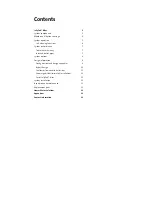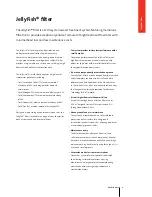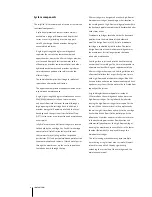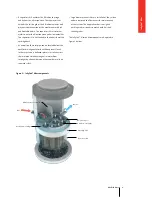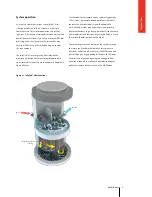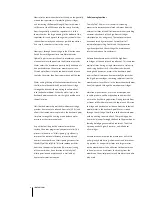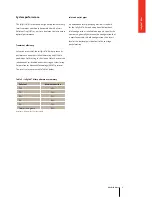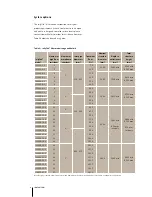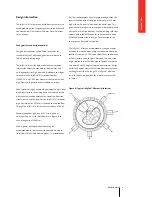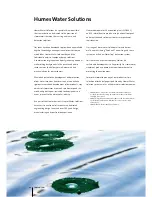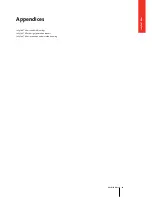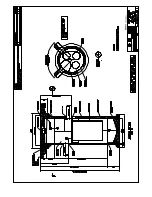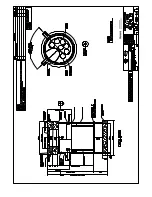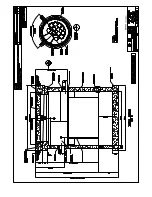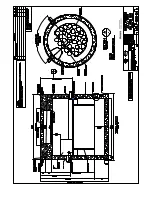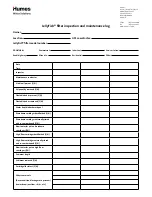
JellyFish® filter
5
JellyF
ish® filter
System operation
As a tertiary treatment system, the JellyFish® filter
is designed to be an “offline” structure, as part of a
treatment train. For effective operation, the system
requires a difference in elevation between upstream and
downstream water levels. Typically, a minimum 455 mm
of driving head is designed into the system but may
vary from 305 mm to 610 mm depending on specific
site requirements.
The JellyFish® filter uses gravity, flow rotation and
membrane filtration treatment to remove pollutants
from stormwater runoff. These functions are depicted in
Figure 3 below.
Gravitational forces remove coarse sediment (generally
>50 microns), particulate-bound pollutants (nutrients,
toxic metals, hydrocarbons), free oil and floatable
trash and debris (that may bypass upstream primary
treatment devices). Large, heavy particles fall to the sump
(sedimentation) and low specific gravity pollutants rise to
the surface (floatation) behind the MAW.
Treatment begins when flow enters the system through
the inlet pipe (standard). Below-deck inlet pipes are
offered as an option. Influent enters the MAW zone and
passes through a large opening in the deck to the lower
chamber. The large deck opening and change in flow
direction attenuate the influent flow velocity. Buoyant
pollutants remain on the surface in the MAW zone.
Figure 3 – JellyFish® filter functions
Outlet
Inlet
Gravitational particles
settling
Flow rotation
Membrane
filtration


